The two RV Gypsies
arrived a few minutes early their 3- hour cruise, which is something
they always do. This 3-hour tour of the Hampton Roads Harbor includes
Norfolk Naval Base, historic Civil War Island of Fort Wool, Chesapeake
Bay, Fort Monroe, Old Point Comfort Lighthouse, battle site of the Monitor/Merrimac,
and much more! |
Miss Hampton II Harbor Cruises
710 Settlers Landing Road
Hampton, Virginia |
|
|
|
|
|
Below: The two RV Gypsies
relaxed while they learned the legends and history behind the world's
largest natural harbor; the magnificent Chesapeake Bay. --- But someone
wrote on Karen Duquette's face (ha! ha!) |
|
|
|
|
Below: Captain Chris was NOT
very friendly when Karen Duquette asked if she could take his picture.
He did agree to let her take his photo, but he did NOT smile nor look
happy. The two RV Gypsies usually find boat captains happy to pose with
or for them. |
|
|
|
Below: While sitting in
the bow of the boat, Karen Duquette took some pictures. |
|
|
Below: The boat cruised past
mighty warships at the Norfolk Naval Base, while the captain gave an
in-depth narrative of each and every ship. |
USS Harry S. Truman (CVN-75) is the eighth Nimitz-class aircraft carrier of the United States Navy, named after the 33rd President of the United States, Harry S. Truman. |
|
|
|
|
|
|
 USS Cole (DDG-67) is an Arleigh Burke-class Aegis-equipped guided missile destroyer homeported in Naval Station Norfolk, Virginia. Cole is named in honor of Marine Sergeant Darrell S. Cole, a machine-gunner killed in action on Iwo Jima on 19 February 1945, during World War II. Cole is one of 62 authorized Arleigh Burke-class guided missile destroyers, and one of 21 members of the Flight I-class that utilized the 5"/54 caliber gun mounts found on the earliest of the Arleigh Burke-class destroyers. The ship was built by Ingalls Shipbuilding and was delivered to the Navy on 11 March 1996. USS Cole (DDG-67) is an Arleigh Burke-class Aegis-equipped guided missile destroyer homeported in Naval Station Norfolk, Virginia. Cole is named in honor of Marine Sergeant Darrell S. Cole, a machine-gunner killed in action on Iwo Jima on 19 February 1945, during World War II. Cole is one of 62 authorized Arleigh Burke-class guided missile destroyers, and one of 21 members of the Flight I-class that utilized the 5"/54 caliber gun mounts found on the earliest of the Arleigh Burke-class destroyers. The ship was built by Ingalls Shipbuilding and was delivered to the Navy on 11 March 1996.
On 12 October 2000, Cole was the target of attack carried out by Al-Qaeda in the Yemeni port of Aden; 17 sailors were killed, 39 were injured, and the ship was heavily damaged. On 29 November 2003, Cole deployed for her first overseas deployment after the bombing and subsequently returned to her home port of Norfolk, Virginia, on 27 May 2004 without incident. |
|
 The U.S. Warship #81 - USS Winston S. Churchill (DDG-81) is a $1 billion Arleigh Burke-class guided missile destroyer of the United States Navy. She is the 31st destroyer of an originally planned 62-ship class. The Churchill is named after British Prime Minister Sir Winston Churchill. Her home port is in Naval Station Norfolk, Virginia. She is a component of Carrier Strike Group Ten. The U.S. Warship #81 - USS Winston S. Churchill (DDG-81) is a $1 billion Arleigh Burke-class guided missile destroyer of the United States Navy. She is the 31st destroyer of an originally planned 62-ship class. The Churchill is named after British Prime Minister Sir Winston Churchill. Her home port is in Naval Station Norfolk, Virginia. She is a component of Carrier Strike Group Ten.
|
|
 USNS Comfort (T-AH-20) is the third United States Navy ship to bear the name Comfort, and the second Mercy-class hospital ship to join the U.S. Navy's fleet. The USNS prefix identifies the Comfort as a non-commissioned ship owned by the U.S. Navy and crewed by civilians from the Military Sealift Command (MSC). In accordance with the Geneva Conventions, USNS Comfort and her crew do not carry any offensive weapons. Firing upon the Comfort would be considered a war crime as the ship only carries weapons for self-defense. USNS Comfort (T-AH-20) is the third United States Navy ship to bear the name Comfort, and the second Mercy-class hospital ship to join the U.S. Navy's fleet. The USNS prefix identifies the Comfort as a non-commissioned ship owned by the U.S. Navy and crewed by civilians from the Military Sealift Command (MSC). In accordance with the Geneva Conventions, USNS Comfort and her crew do not carry any offensive weapons. Firing upon the Comfort would be considered a war crime as the ship only carries weapons for self-defense.
Like her sister ship USNS Mercy, Comfort was built as a San Clemente-class oil tanker in 1976 by the National Steel and Shipbuilding Company. Her original name was SS Rose City and she was launched from San Diego, California.
Her career as an oil tanker ended when she was delivered to the U.S. Navy on December 1, 1987. As a hospital ship, Comfort's duties include providing emergency, on-site care for U.S. combatant forces deployed in war or other operations. Operated by the Military Sealift Command, Comfort provides rapid, flexible, and mobile medical and surgical services to support Marine Corps Air/Ground Task Forces deployed ashore, Army and Air Force units deployed ashore, and naval amphibious task forces and battle forces afloat. Secondarily, she provides mobile surgical hospital service for use by appropriate U.S. government agencies in disaster or humanitarian relief or limited humanitarian care incident to these missions or peacetime military operations. Comfort is more advanced than a field hospital but less capable than a traditional hospital on land.
After a quarter-century in Baltimore, Maryland, USNS Comfort changed her home port to Naval Station Norfolk in Norfolk, Virginia in March 2013. The move placed the ship closer to supplies, much of which come from Naval Medical Center Portsmouth, and to medical crew. Savings to the U.S. Navy are estimated at $2 million per year. |
|
 SS Cape May (T-AKR-5063) is a steam powered heavy lift ship and one of two operated by Military Sealift Command. She is one of the 48 Rapid Response Force ships in Military Sealift Command's Sealift Program Office; originally built for commercial use with the Lykes Brothers cargo lines in 1972. In 1986 she was purchased for use in various tasks for the US military in heavy transport of goods in various theaters of action. She is currently in ready reserve status ready to be called upon for any large cargo work needed. SS Cape May (T-AKR-5063) is a steam powered heavy lift ship and one of two operated by Military Sealift Command. She is one of the 48 Rapid Response Force ships in Military Sealift Command's Sealift Program Office; originally built for commercial use with the Lykes Brothers cargo lines in 1972. In 1986 she was purchased for use in various tasks for the US military in heavy transport of goods in various theaters of action. She is currently in ready reserve status ready to be called upon for any large cargo work needed.
|
|
 USNS Medgar Evers (T-AKE-13) is a Lewis and Clark-class dry cargo ship of the United States Navy, named in honor of World War II veteran and civil rights activist Medgar Evers. The Navy announced the naming on 9, October 2009. National Steel and Shipbuilding Company started construction on 15 April 2010, and laid her keel on 26 October 2010 in San Diego. USNS Medgar Evers (T-AKE-13) is a Lewis and Clark-class dry cargo ship of the United States Navy, named in honor of World War II veteran and civil rights activist Medgar Evers. The Navy announced the naming on 9, October 2009. National Steel and Shipbuilding Company started construction on 15 April 2010, and laid her keel on 26 October 2010 in San Diego.
Medgar Evers was launched on 29 October 2011, and christened on 12 November. Military Sealift Command accepted delivery of Medgar Evers on 24 April 2012. |
|
Below: barges
|
|
|
|
Below: The Chesapeake
Bay Bridge Tunnel (CBBT) is a 23-mile fixed
link crossing at the mouth of Chesapeake Bay in Virginia. It connects
the Delmarva Peninsula with Virginia Beach and the Hampton Roads metropolitan
area.
 The Chesapeake Bay Bridge Tunnel originally combined 12 miles of trestle, two 1-mile-long tunnels, four artificial islands, four high-level bridges, approximately 2 miles of causeway, and 5.5 miles of approach roads crossing the Chesapeake Bay and preserving traffic on the Thimble Shoals and Chesapeake shipping channels. It replaced vehicle ferry services which operated from South Hampton Roads and from the Virginia Peninsula from the 1930s until completion of the CBBT in 1964. The system remains one of only ten bridge tunnel systems in the world, three of which are located in Hampton Roads, Virginia. The Chesapeake Bay Bridge Tunnel originally combined 12 miles of trestle, two 1-mile-long tunnels, four artificial islands, four high-level bridges, approximately 2 miles of causeway, and 5.5 miles of approach roads crossing the Chesapeake Bay and preserving traffic on the Thimble Shoals and Chesapeake shipping channels. It replaced vehicle ferry services which operated from South Hampton Roads and from the Virginia Peninsula from the 1930s until completion of the CBBT in 1964. The system remains one of only ten bridge tunnel systems in the world, three of which are located in Hampton Roads, Virginia.
Since it opened, the Chesapeake Bay Bridge Tunnel has been crossed by more than 100 million vehicles. The CBBT complex carries U.S. Route 13, the main north / south highway on Virginia's Eastern Shore, and, as part of the East Coast's long-standing Ocean Highway, provides the only direct link between the Eastern Shore and South Hampton Roads regions, as well as an alternate route to link the Northeast and points in between with Norfolk and the Carolinas. The CBBT saves motorists 95 miles and many hours on a trip between Virginia Beach/Norfolk and points north and east of the Delaware Valley without going through the traffic congestion in the Baltimore / Washington Metropolitan Area. The $15 toll is partially offset by some savings of tolls in Maryland and Delaware on I-95.
Financed by toll revenue bonds, the CBBT was opened on April 15, 1964. It was officially named the Lucius J. Kellam Jr. Bridge Tunnel in August 1987 after one of the civic leaders who had long worked for its development and operation. However, it continues to be best known as the Chesapeake Bay Bridge Tunnel. From 1995 to 1999, at a cost of almost $200 million, the capacity of the above-water portion was increased to four lanes. An upgrade of the two-lane tunnels was proposed but has not been carried out.
The CBBT was built by and is operated by the Chesapeake Bay Bridge and Tunnel District, a political subdivision of the Commonwealth of Virginia governed by the Chesapeake Bay Bridge and Tunnel Commission. The CBBT's costs are recovered through toll collections. In 2002, a Joint Legislative Audit and Review Commission (JLARC) study commissioned by the Virginia General Assembly concluded that "given the inability of the state to fund future capital requirements of the CBBT, the District and Commission should be retained to operate and maintain the CBBT as a toll facility in perpetuity." |
|
|
Below: Old Point Comfort Lighthouse |
Below: This was once a hotel,
then it became a retirement building |
|
|
Below: Approaching Fort Wool 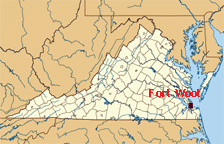 |
|
|
 Fort Wool was a seacoast fortification located in the mouth of Hampton Roads approximately one mile south of Fort Monroe. The island fortress was designed by Brigadier General of engineers Simon Bernard, an expatriated Frenchman who had served under Napoleon as his chief engineer. Fort Wool was one of more than 40 forts started after the War of 1812 when the British boldly sailed up the Chesapeake Bay to burn the Capital. Started upon a shoal of ballast stones that were dumped as sailing ships entered Hampton's harbor, the fort was to have three tiers of casemates and a parapet mounting a total of 232 muzzle-loading cannons, although it never reached this size. Fort Wool was a seacoast fortification located in the mouth of Hampton Roads approximately one mile south of Fort Monroe. The island fortress was designed by Brigadier General of engineers Simon Bernard, an expatriated Frenchman who had served under Napoleon as his chief engineer. Fort Wool was one of more than 40 forts started after the War of 1812 when the British boldly sailed up the Chesapeake Bay to burn the Capital. Started upon a shoal of ballast stones that were dumped as sailing ships entered Hampton's harbor, the fort was to have three tiers of casemates and a parapet mounting a total of 232 muzzle-loading cannons, although it never reached this size.
Originally named Castle Calhoun for the Secretary of War, John C. Calhoun, Fort Wool was built to maintain a crossfire with Fort Monroe, located directly across the channel, thereby protecting the entrance to the harbor.
In 1902, all of the original fort except 8 casemates, was demolished and new fortifications were constructed. The new armament mounted on five batteries of two to four guns remained in place for decades, although modifications were made from time to time. Only six of the original three-inch guns remained in 1942, when two were sent to Fisherman Island (Virginia). A modern battery of two new long-range six-inch guns was constructed on top of one of the old Endicott period batteries during World War II. The outmoded fort was finally abandoned by the military in 1953. |
|
|
|
|
|
|
|
|
|
|
|
|
|
|
|
|
|
|
|
|
|
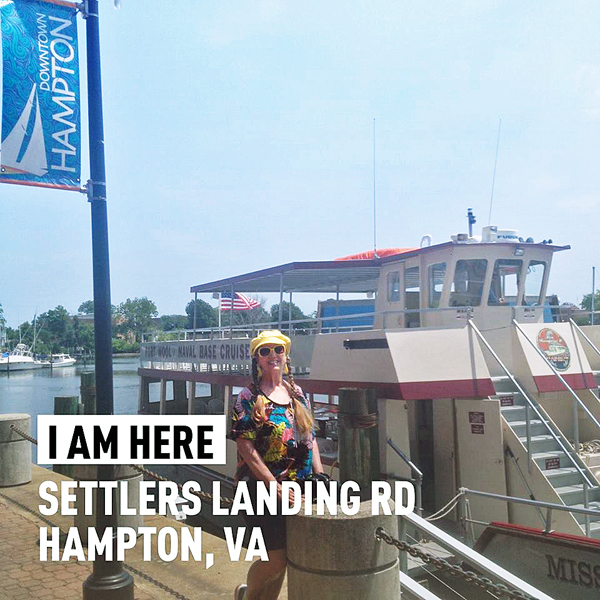
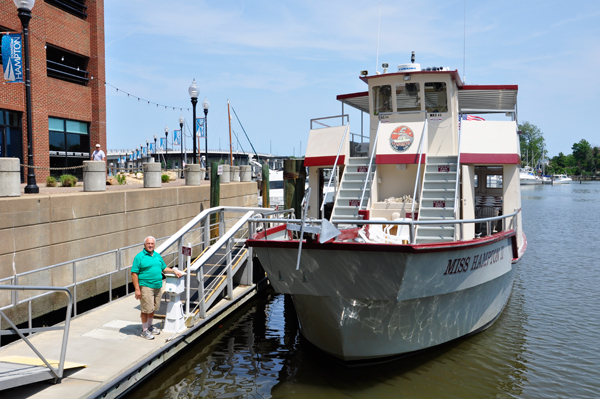
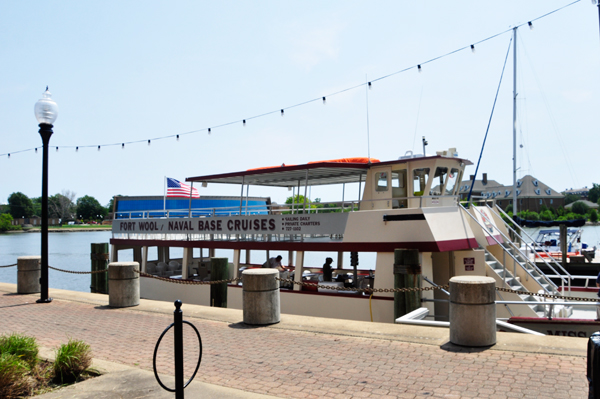
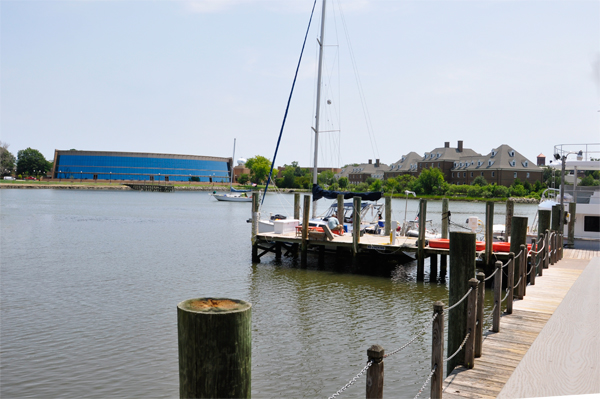

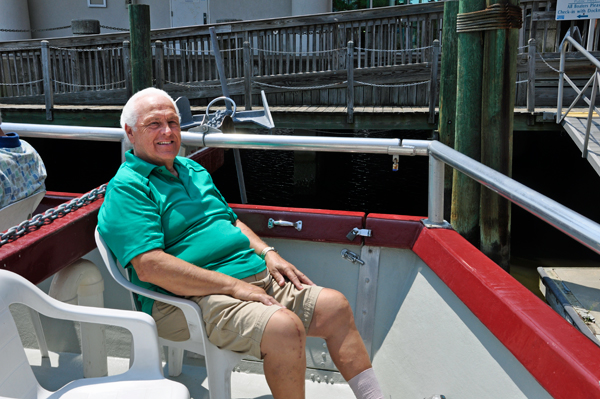
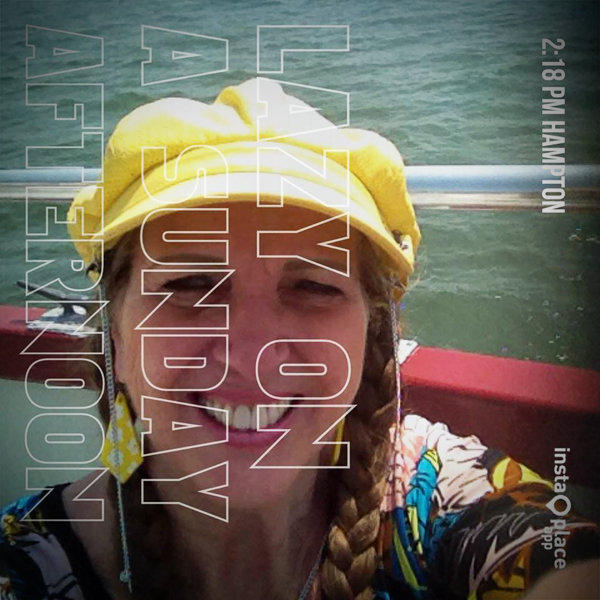
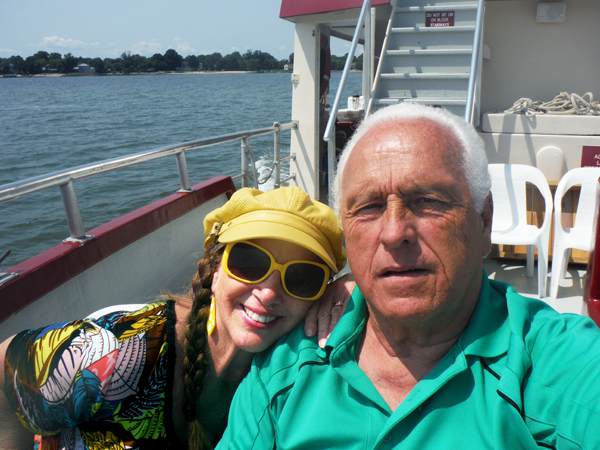
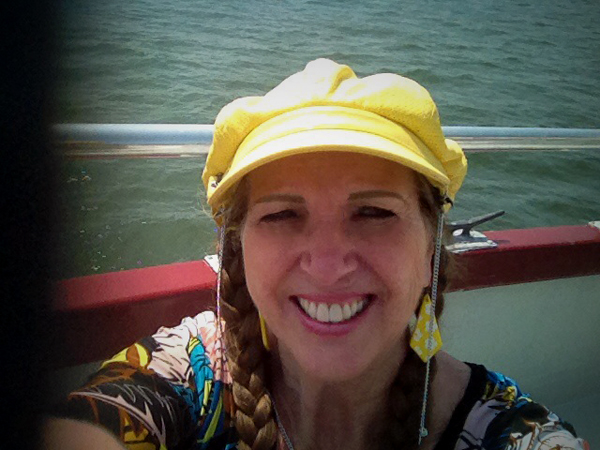
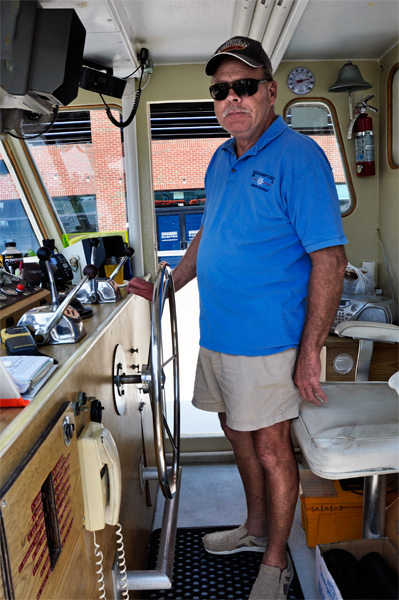
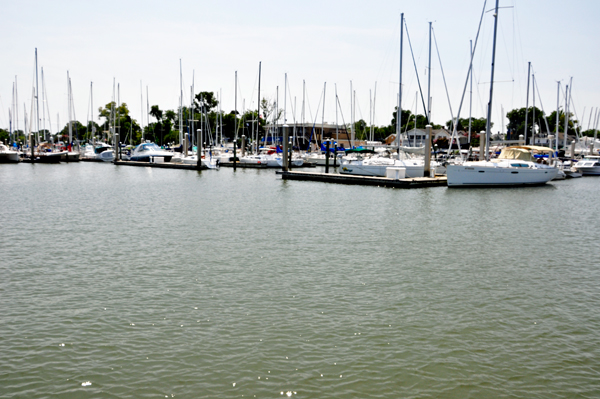
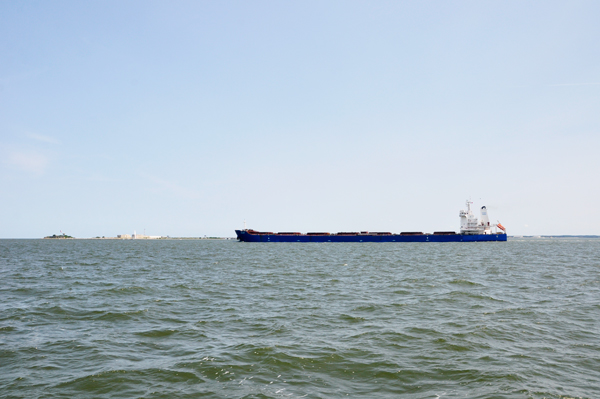
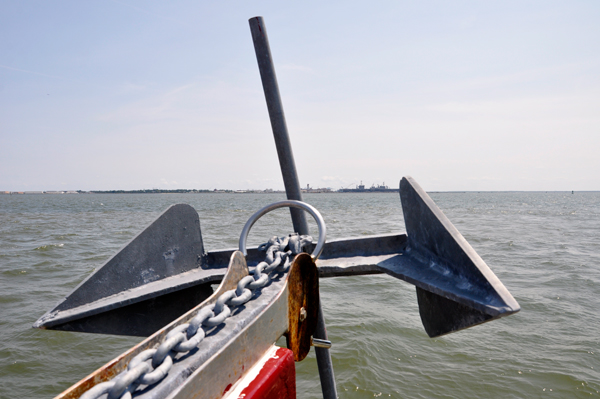
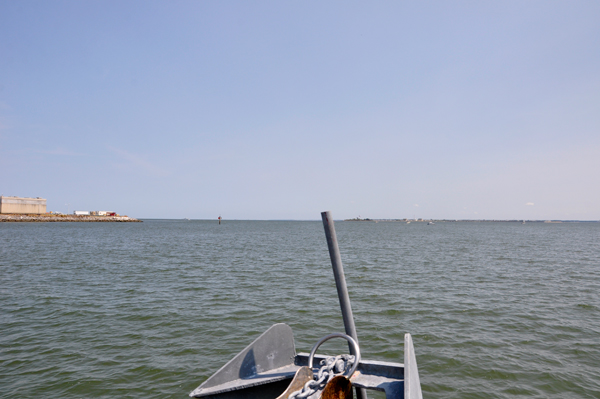
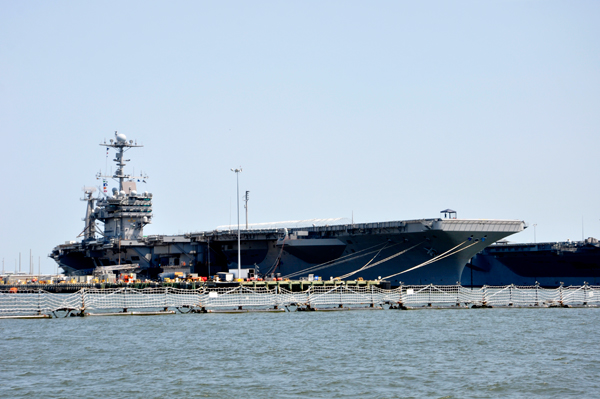
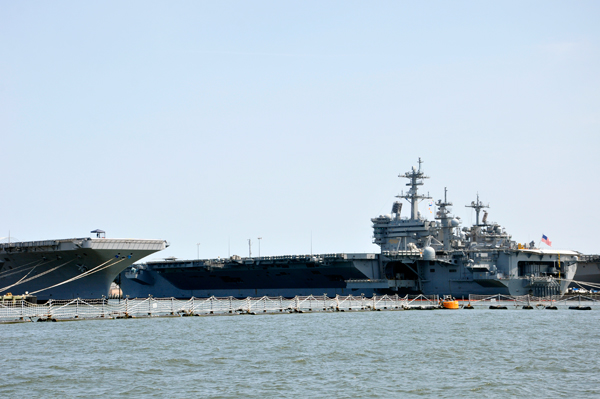
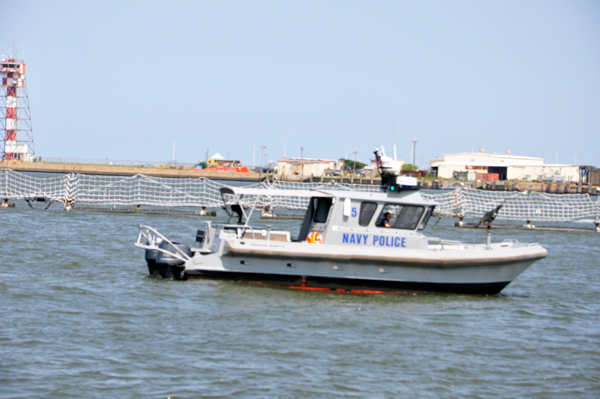
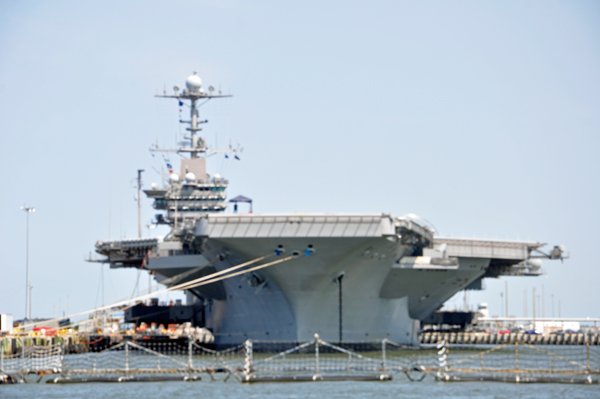
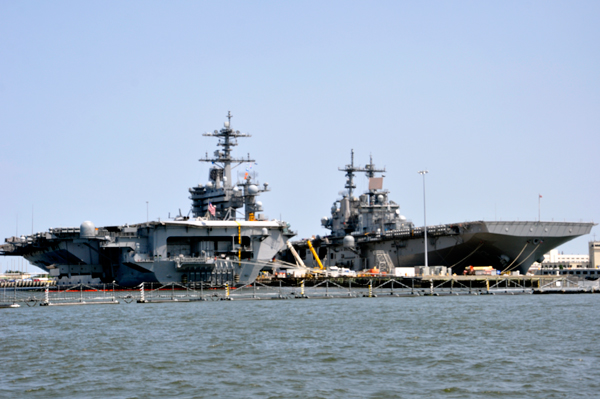
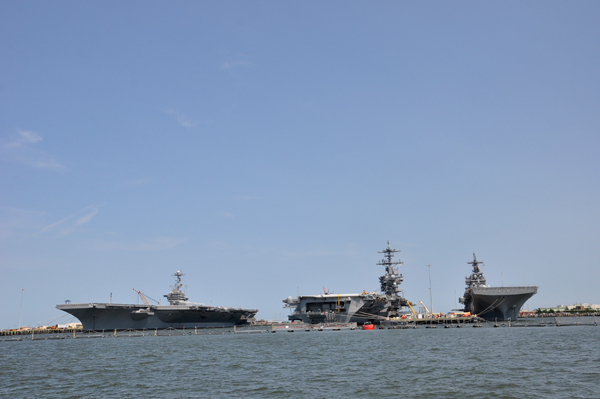
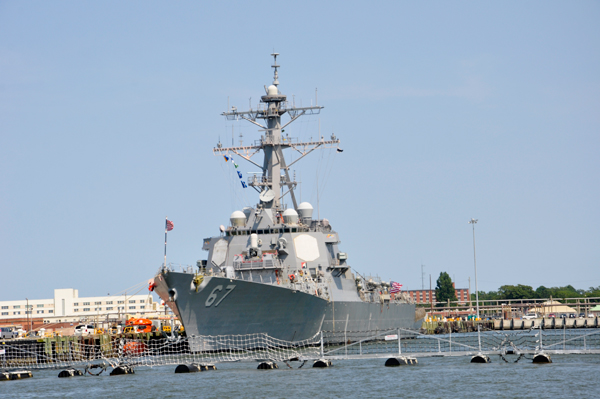
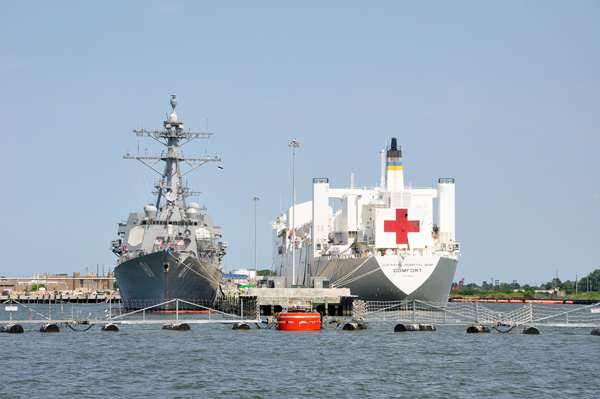
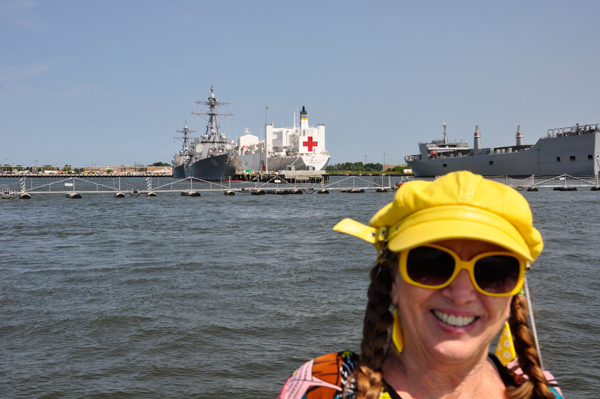
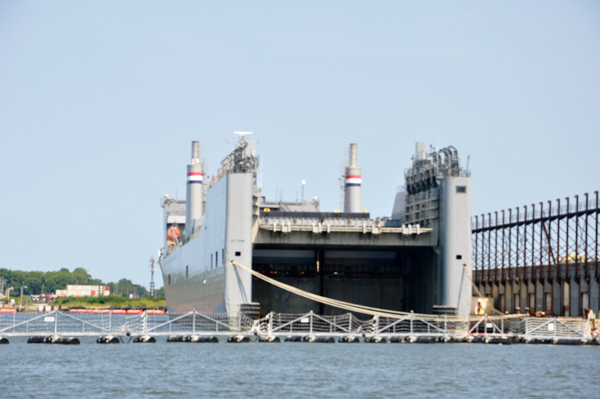
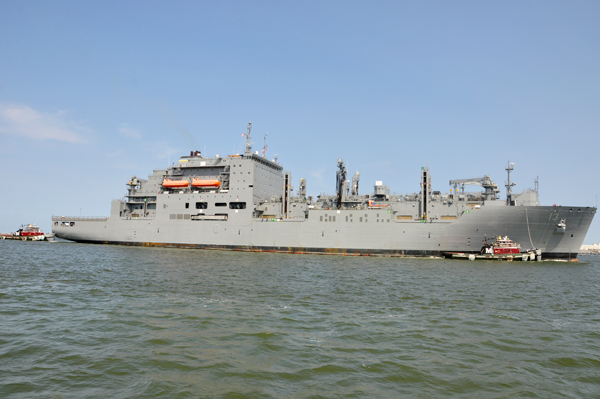
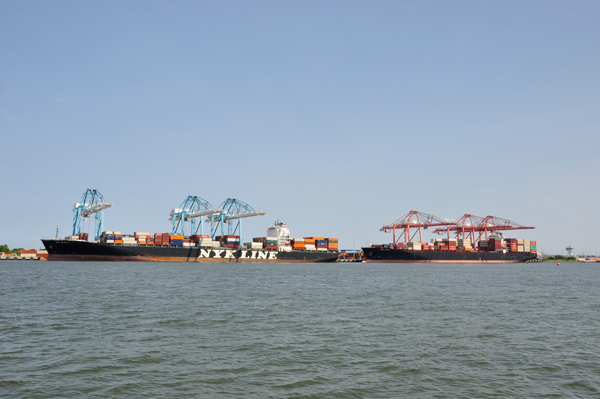
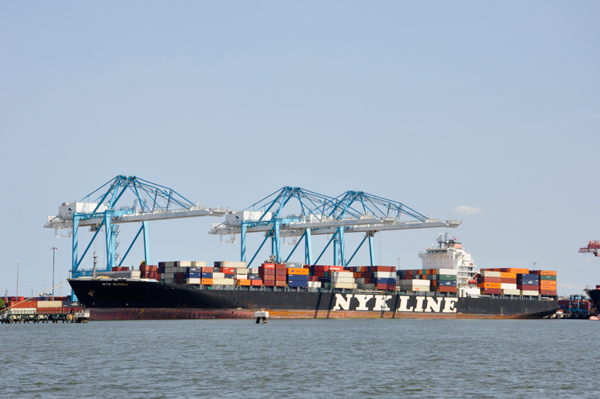
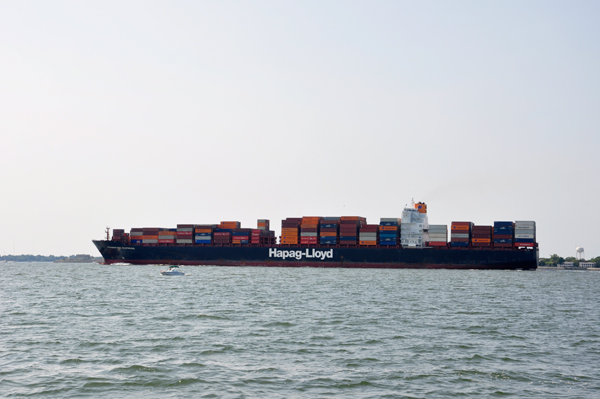
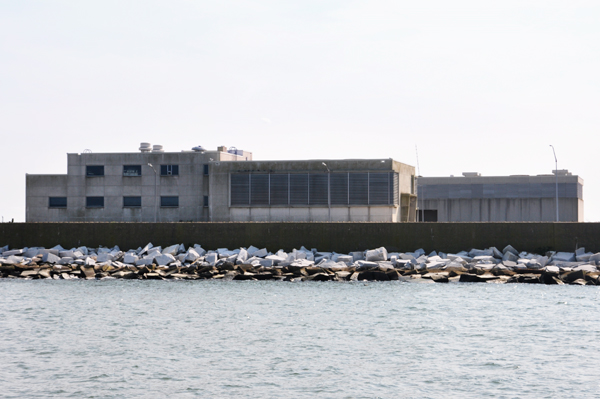
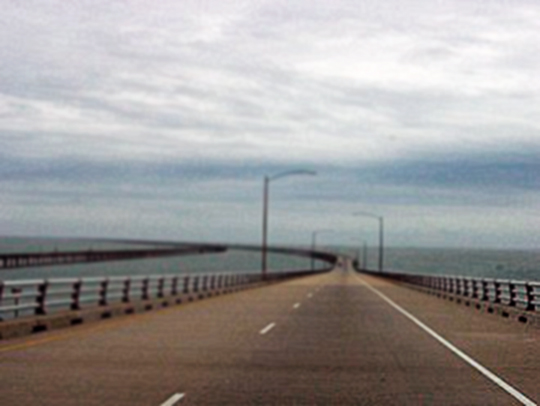
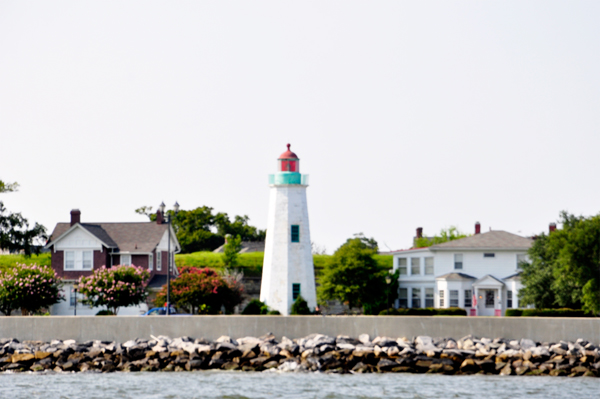
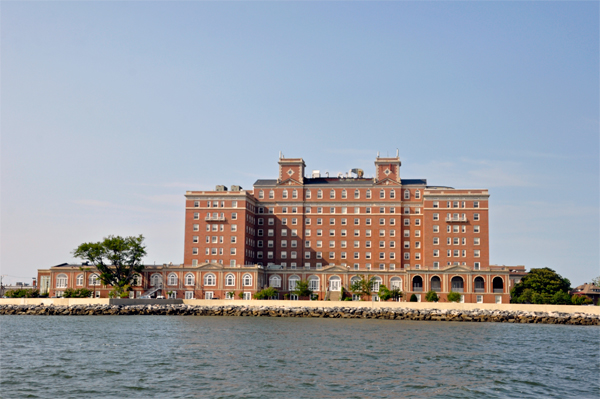
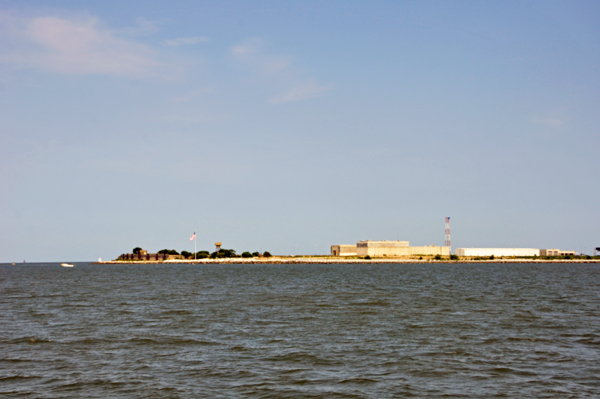
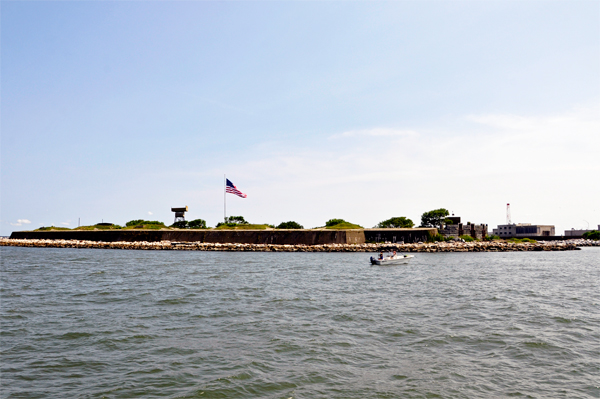
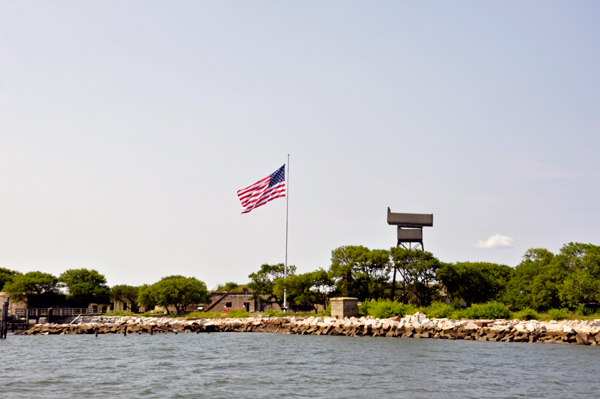
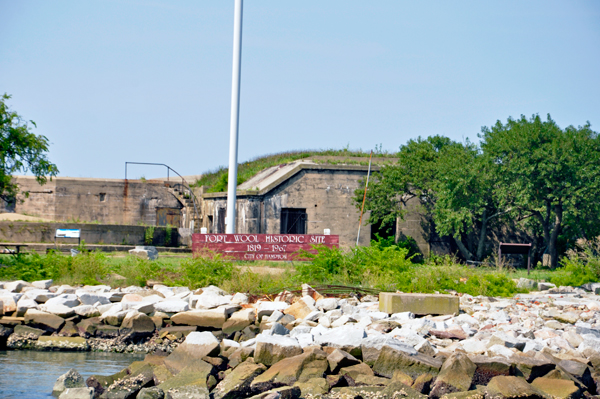
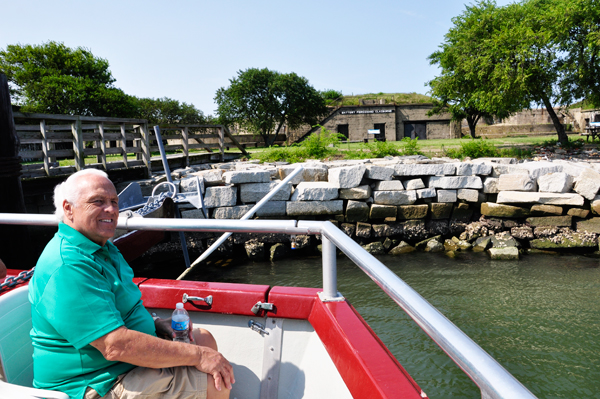
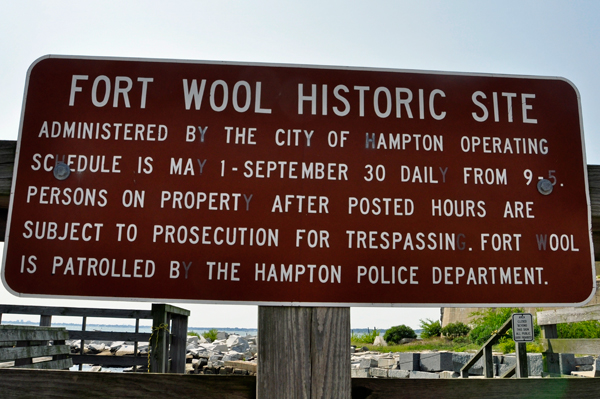
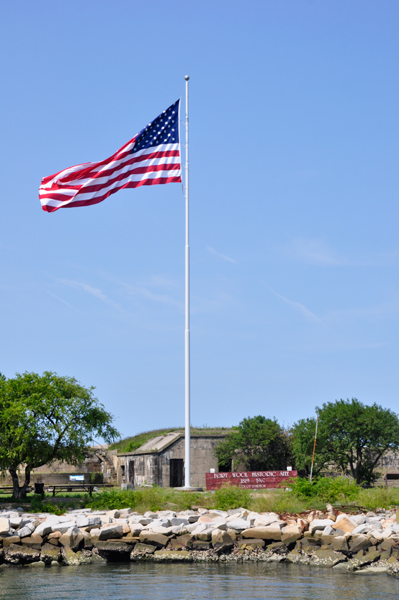
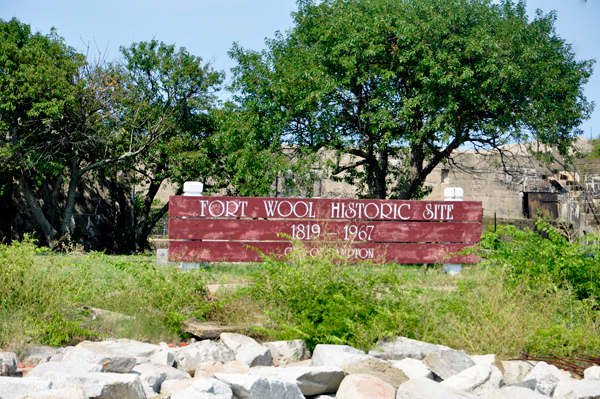
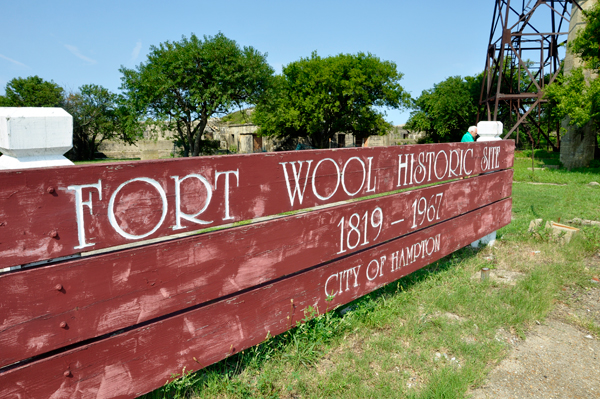

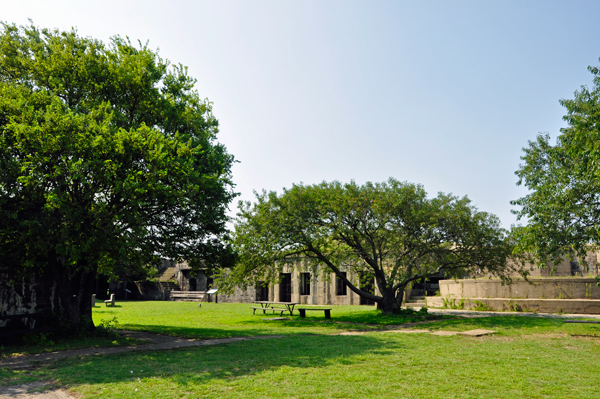
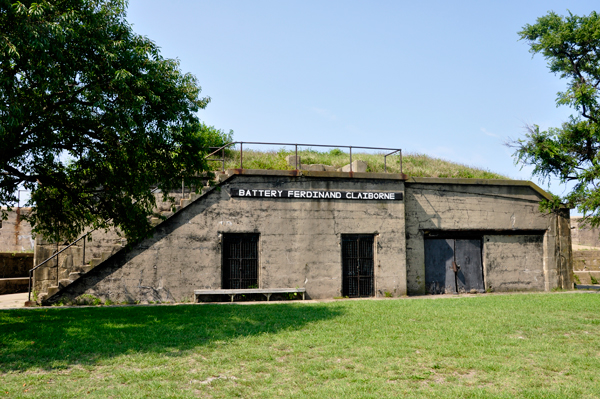
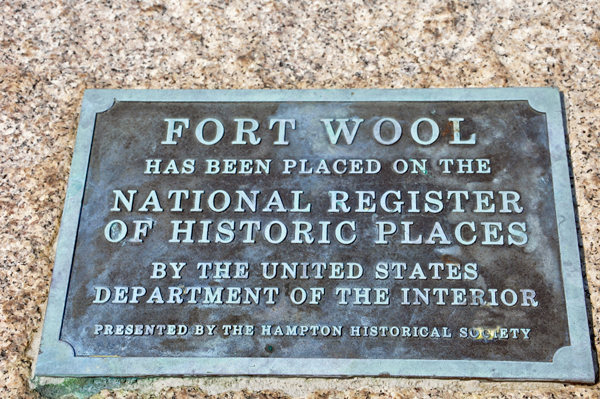
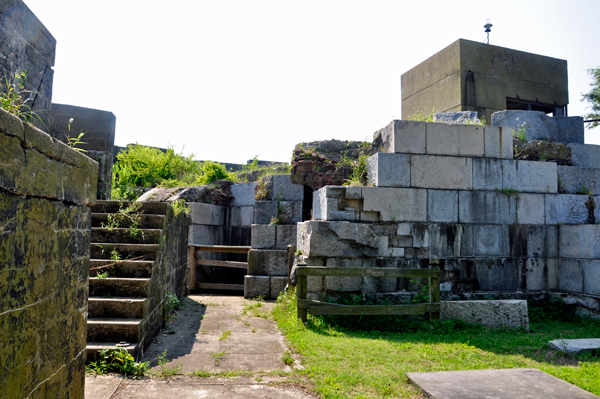
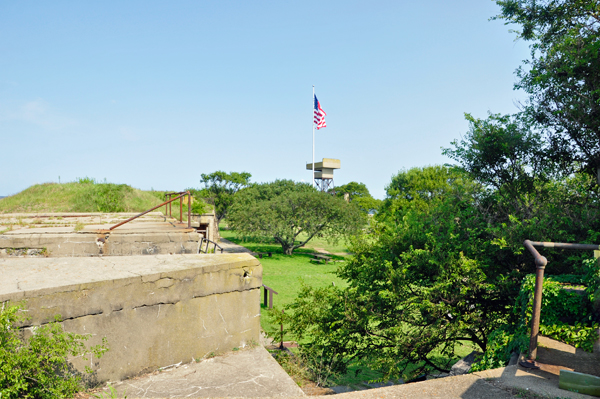
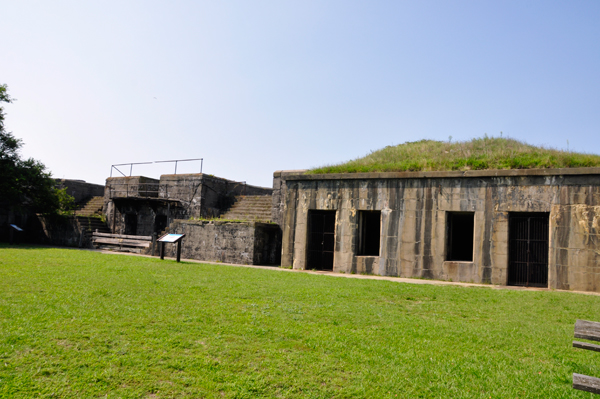
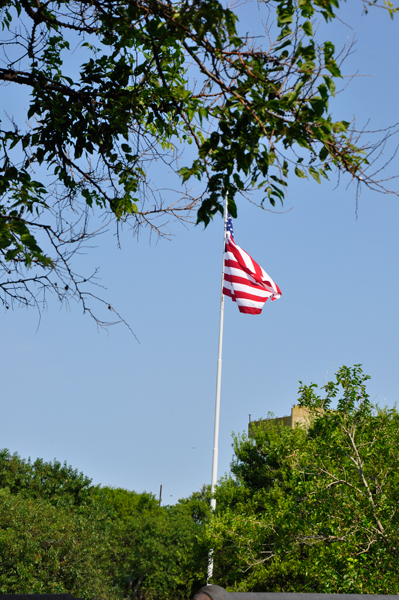
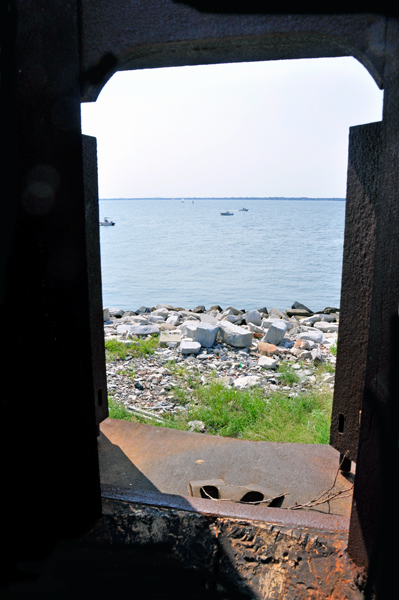
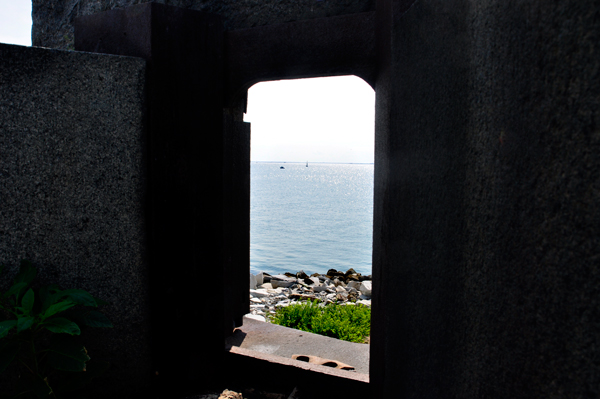
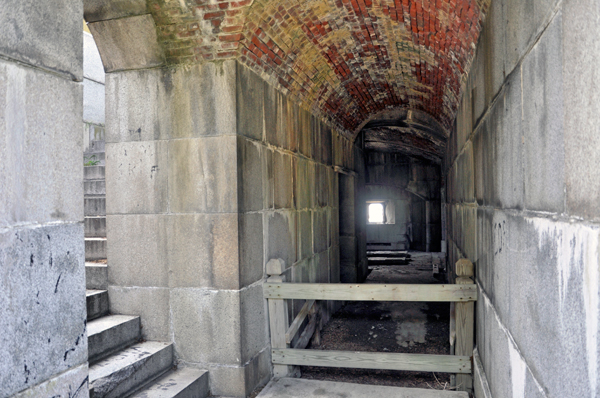
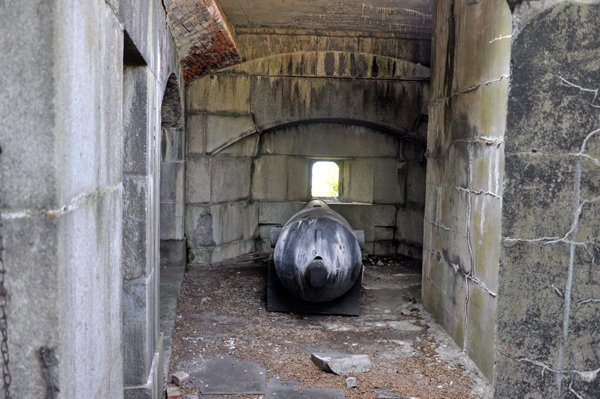
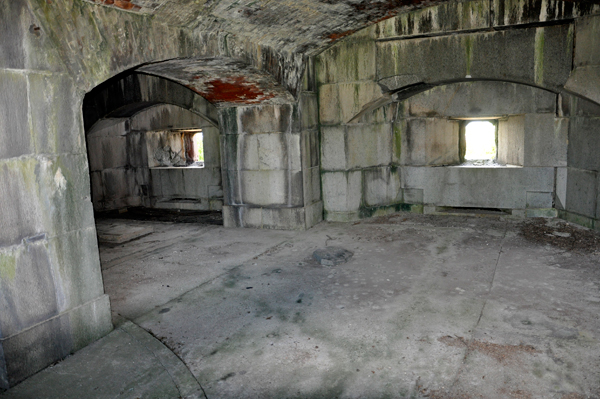
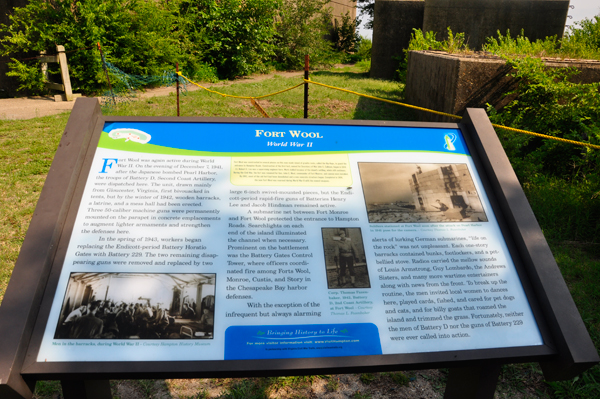
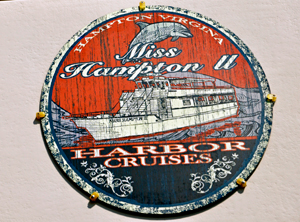
 USS Cole (DDG-67) is an Arleigh Burke-class Aegis-equipped guided missile destroyer homeported in Naval Station Norfolk, Virginia. Cole is named in honor of Marine Sergeant Darrell S. Cole, a machine-gunner killed in action on Iwo Jima on 19 February 1945, during World War II. Cole is one of 62 authorized Arleigh Burke-class guided missile destroyers, and one of 21 members of the Flight I-class that utilized the 5"/54 caliber gun mounts found on the earliest of the Arleigh Burke-class destroyers. The ship was built by Ingalls Shipbuilding and was delivered to the Navy on 11 March 1996.
USS Cole (DDG-67) is an Arleigh Burke-class Aegis-equipped guided missile destroyer homeported in Naval Station Norfolk, Virginia. Cole is named in honor of Marine Sergeant Darrell S. Cole, a machine-gunner killed in action on Iwo Jima on 19 February 1945, during World War II. Cole is one of 62 authorized Arleigh Burke-class guided missile destroyers, and one of 21 members of the Flight I-class that utilized the 5"/54 caliber gun mounts found on the earliest of the Arleigh Burke-class destroyers. The ship was built by Ingalls Shipbuilding and was delivered to the Navy on 11 March 1996.
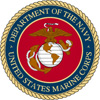
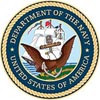



 AFTER
you have viewed all seventeen (17) sections above, please continue on
to the adventures of the two RV Gypsies in
AFTER
you have viewed all seventeen (17) sections above, please continue on
to the adventures of the two RV Gypsies in 























